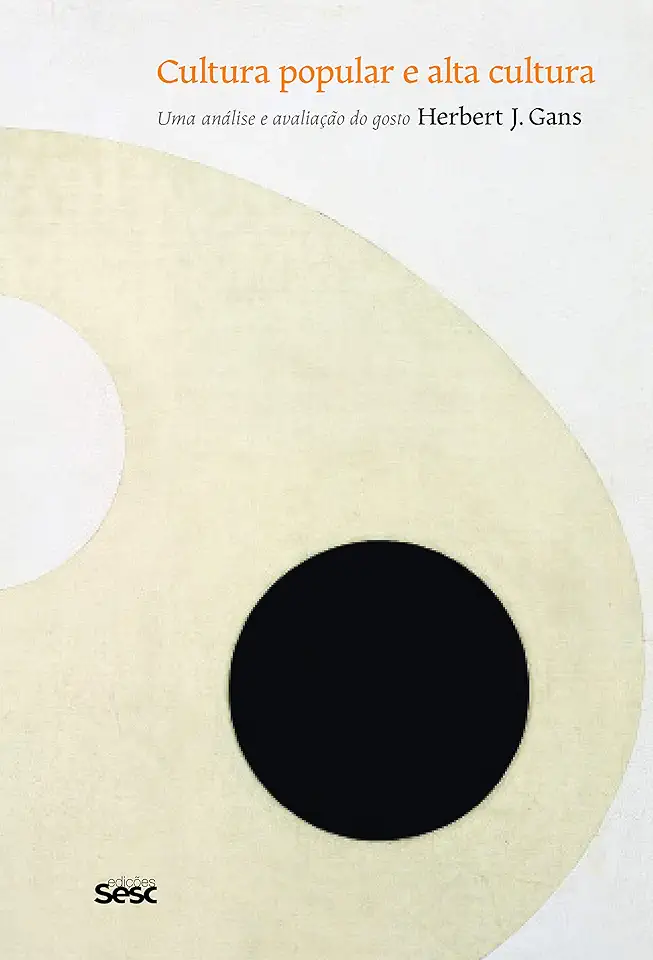
Popular Culture and High Culture - Herbert J. Gans
Popular Culture and High Culture: An Introduction
In his seminal work, "Popular Culture and High Culture," Herbert J. Gans challenges the traditional dichotomy between popular and high culture. Gans argues that these two categories are not mutually exclusive, but rather exist on a continuum. He also contends that popular culture is not simply a debased form of high culture, but rather has its own unique value and significance.
The Distinction Between Popular and High Culture
Gans begins by defining popular culture as "the culture of the people," while high culture is defined as "the culture of the elite." He notes that these two categories are often seen as being in opposition to each other, with popular culture being viewed as vulgar and lowbrow, while high culture is seen as refined and sophisticated.
Gans argues, however, that this distinction is too simplistic. He points out that there are many examples of popular culture that are of high quality, and many examples of high culture that are of low quality. He also notes that the distinction between popular and high culture is often based on class prejudice, with the upper classes looking down on the culture of the lower classes.
The Value of Popular Culture
Gans argues that popular culture has its own unique value and significance. He points out that popular culture is a source of entertainment, information, and social connection. It also reflects the values and beliefs of the people who create it and consume it.
Gans also argues that popular culture can be a force for social change. He points out that popular culture can raise awareness of important issues, challenge social norms, and promote social justice.
The Relationship Between Popular and High Culture
Gans argues that popular and high culture are not mutually exclusive, but rather exist on a continuum. He points out that there are many examples of cultural products that fall somewhere in between these two categories. He also notes that the boundaries between popular and high culture are constantly changing.
Gans concludes by arguing that we need to break down the traditional dichotomy between popular and high culture. He argues that we need to appreciate the value of both forms of culture, and we need to recognize that they are both essential to a healthy society.
Why You Should Read This Book
"Popular Culture and High Culture" is a must-read for anyone interested in the study of culture. Gans's work is a seminal contribution to the field, and it has had a profound impact on the way we think about popular culture.
This book is essential reading for anyone who wants to understand the complex relationship between popular and high culture. It is also a valuable resource for anyone who is interested in the study of culture, sociology, or media studies.
Conclusion
"Popular Culture and High Culture" is a thought-provoking and insightful book that challenges our traditional assumptions about culture. Gans's work is a must-read for anyone who is interested in the study of culture, and it is a valuable resource for anyone who wants to understand the complex relationship between popular and high culture.